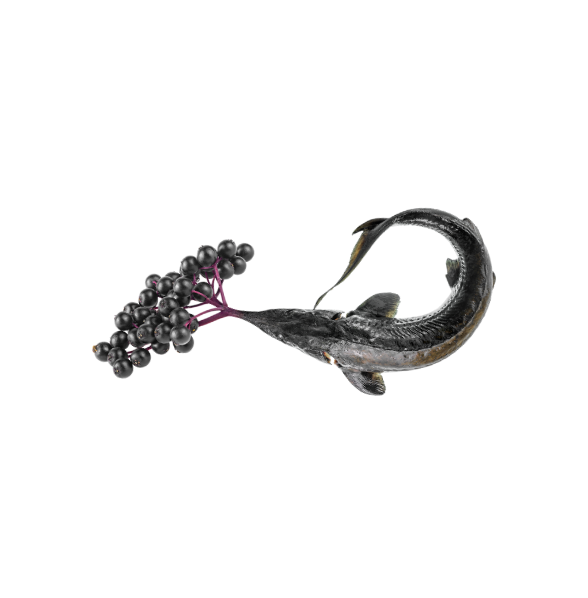News
Peter Sisseck, Dirk Nieeport and Raúl Pérez, advocates of natural wine as the present and future of the sector
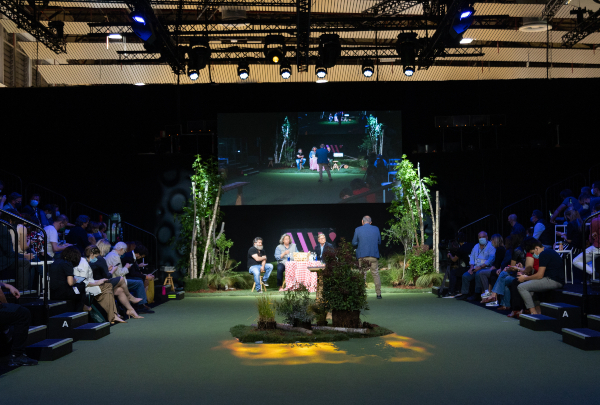
The first morning of Madrid Fusión The Wine Edition has brought together great names in gastronomy and wine such as Rafa Sandoval, José Antonio Navarrete, Mohamed Benabdallah, Pilar Cavero, Peter Sisseck, Dirk Niepoort, Raúl Pérez or Pedro Ballesteros MW, on a day in which the great Spanish wine lists and natural vineyards have been addressed as being a requirement for making great wines.
The first MF The Wine Edition commenced on Monday with style. The sommeliers of the three best restaurants in Spain arrived at the auditorium of this Ist Wine Congress within Madrid Fusión Food Spain for the first morning session, a forest installed in the heart of IFEMA’s Pavillion 14. Rafa Sandoval, (Sommelier and co-owner of Coque**), Mohamed Benabdallah (Sommelier of Etxebarri*) and José Antonio Navarrete (Sommelier of Quique Dacosta***) have revealed the secrets behind their wine lists in a conference moderates by journalist Alberto Luchini (Metrópoli, El Mundo).
During the talk “The great wine lists of Spain”, the sommeliers have defended the philosophy behind their wine lists. “Wine lists need to have a personality but also be an open window to the world. We are salespersons but also communicators”, said Rafa Sandoval. “Coque’s wine list states a claim, by supporting new producers, seeking different registers and trying to fill the gap of the New World wines with unusual items that cannot be found in Spain. In addition, we have wanted to be creative by setting wine cellar style within the restaurant”.
After 15 years as Head Sommeliar at Quique Dacosta***, José Antonio Navarrete highlighted the importance of managing the wine list. “Our wine list possesses an emotional side that has continued to grow over all these years. And it should be cared for and managed. It is a living wine list which is changed for every service. It was handwritten until last year”, he added. “It is an experience wine list, very much conditioned to what I have tasted and places I have visited and seen. Because a wine list has to be the biography of the restaurant and the biography of the person who prepared it”. Navarrete agrees with Sandoval in that the New World is a region to be discovered for Spanish restaurants.
As regards the wine list of Etxebarri*, Benabdallah asserted that it is a young selection. “This work commenced three years ago, when we decided to change the entire philosophy behind the wine list. The average vintage of our wines is 2015-16, as our idea is to keep almost all the wines we buy, so they can continue to evolve and build a great wine list over time”. The sommelier thinks, a wine list should reflect the personality of the restaurant, the professional who prepared it and also its place in the territory. “A balance must be found. It’s about allowing people to enjoy the experience”.
As regards the importance of defending the territory from the liquid proposal, the person in charge of the wine list in Coque** advocated converging Spanish gastronomy and foreign wines as something interesting, and underscored the desire of the restaurant in searching for suprising wines, young producers and fresh and different projects. “We are interested in the generational change and travelling down new paths”.
“It is important to have wines from our area, but it’s our job to showcase other territories so that people can travel and learn about other places through wine”, added the sommelier from Etxebarri. “International customers must be introduced to national wines, and national customers to international wines”.
“Consistency is of utmost importance” said Rafa Sandoval. “Every wine list has its own philosophy, every restaurant is a world of its own and must be differentiated, but they must always be consistent”.
The day’s second theoretical session was “How to price a wine list?” presented by Pilar Cavero (Spain’s Best Sommelier 2013 and Ex-Sommelier of Celler Can Roca***) and writer and gastronomic and restaurant consultant David Rupert. A conference on managing wine in the restaurant, reflecting on the importance of the correct management of resources as an essential activity for developing a business.
Cavero and Rupert answered key questions any sommelier or service manager may address when defining their wine list: How much should we invest in wine? What should our wine list be like? Does our offer have a correct price policy? What is the correct margin for wine? Are all restaurants measured equally?
Sommeliers must possess a deep management culture. Forecasting comes first, second and third, says David Rupert in his book. But then along came Covid and brought to the surface the failures of the business model in this country. “We do not make a living on sales, we make a living from the margin of the sales, stated the expert during his conference.
As regards the factors to be taken into account when preparing a wine list, Rupert’s recommendation is that we have to be able to measure whether the investment adapts to the demand volume and tastes. Stock optimization is key. Space, even the geographical location. The more extensive a wine list is the more economic values come into play. Who pays for the feast of wines we have stored in a business?”.
Pilar Cavero pointed out that customers are more educated, they know the price of wines and have a general knowledge about wine, therefore opting for having trained staff becomes indispensable.
Can the profitability of wine be measured? “This must be done, but from the outset, worrying about the margin we get from each bottle and explaining what wines provide the highest margin to our staff, which are not always the most expensive”, replied David Rupert.
The conference ended calling for brands to aim their campaigns to younger audiences. “Youngsters should have a wine culture and brands should aim at this audience because they are potential customers now and will be in the near future. We should take wine to schools”, stated the writer in jest.
Wednesday morning’s session ended with one of the conferences that has generated much attention since the moment it was announced. “Post-naturalness, a new look at the world of natural wines” was moderated by Pedro Ballesteros MW with the presence of three great experts in ecological practices: Peter Sisseck (Domino de Pingus), Dirk Niepoort (Niepoort Vinhos) and Raúl Pérez (winemaker). Three people who have dedicated their lives to world of wine and defended naturalness from the vineyard.
This conference has focussed on understanding, naturalness in the expression of a wine, from the point of view of these geniuses. “It seems as if we are ashamed of what is human, when wine is the most human thing that exists”, commenced Pedro Ballesteros.
Everything starts in the vineyard. “Good wines can only be achieved with good grapes and good grapes can only be achieved with balanced vineyards”, reminded Peter Sisseck. “If we can do things well, as they were done in the past, why not do so now”.
“Naturalness is something that happens a lot in Galicia, where working at home is deeply rooted. And it is a result of intuitiveness”, contributed Raúl Pérez. “Naturalness is the opposite of the manufactured and technical. Someone without winemaking knowledge who has been making wine for 50 years, does so naturally because that’s the way person knows how to do it and what the person likes”.
Technique, according to the winemaker, is secondary. “There comes a time in life in which you are above what people think of your wines, you do what you like because there is a good group of people who also like to do it”.
However, for the person in charge of Dominio de Pingus, the problem with natural wines is their evolution in the bottle. “There are a series of rules that are important to know about your wine and know where you have to pay careful attention. One has to learn the technique in order to use it”, he advocated. We should not forget that we sell wine, not only do we make wine to open with our friends, and it must be done in the best possible way so that when someone opens a bottle in a few years’ time, it is in perfect condition”.
“Naturalness for wine is vinegar, if we do nothing, we won’t be making wine, we’ll be making vinegar. The work of human individual is fundamental, but the action carried out must be done lightly”, added Sisseck.
In this sense, the absolute control of the vineyard is key for making great wines. “Wine can be made everywhere, it’s a question of faith”, contributed Raúl Pérez. “The driving force behind wine is faith, and then come the means and interpretation of the winemaker”.
But beyond the vineyard, in order to make a great wine there must be an ageing process. “There is a second terroir, which is ageing”, introduced Ballesteros. Raúl Pérez as well as Dirk Niepoort and Peter Sisseck have developed their own theories and practices on ageing, but they coincide in asserting that the origin is what governs winemaking nowadays.
“For me, more than ageing in the barrel or bottle, what matters is the concept of the evolution in time”, assured Pérez. Sisseck pointed out that ageing is fundamentally used for preparing wine, the idea is to stabilise it so that it is not negatively affected over time. “Nowadays ageing processes tend to be shorter”, he pointed out. Reinforcing this theory, is that elements alien to the wine are not something that are sought after, such as wood.
As regards the future of naturalness in the world of wine, Pérez pointed out that one of the things that will mark wines most in the coming years is oxygen: “Returning to the rational use of oxygen”.
During the conference, the three professionals wanted to remind everyone that not everything is acceptable in the world of natural wines. “The future lies in the training of what is natural, what is naturally good and what is naturally bad”, said Raúl Pérez. “The mistakes of the past are a sign that they are natural wines today, and this is a key problem” added Peter Sisseck.
Dirk Niepoort summarised the talk by saying: “In the end, the wines the three of us like are basically well-made wines, without much technique, but with good working conditions and great vines as the foundation”.

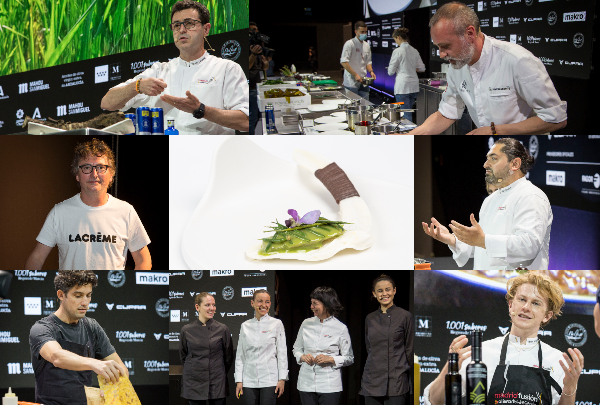
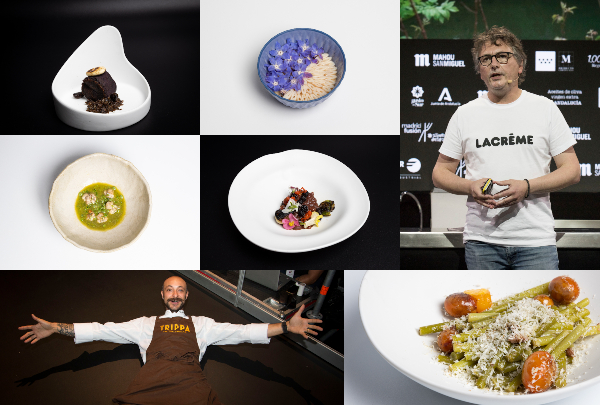
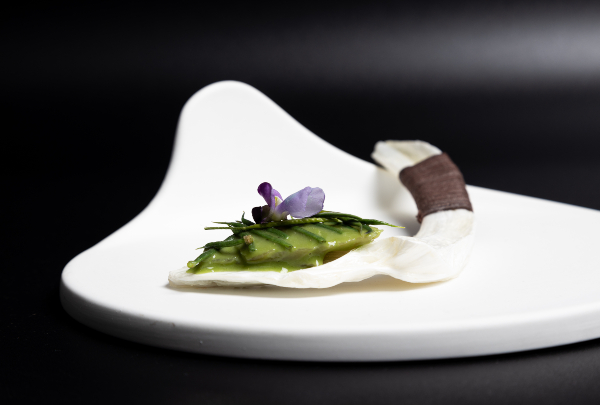
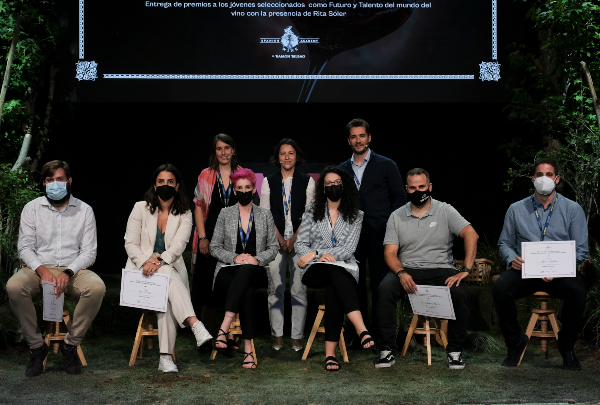
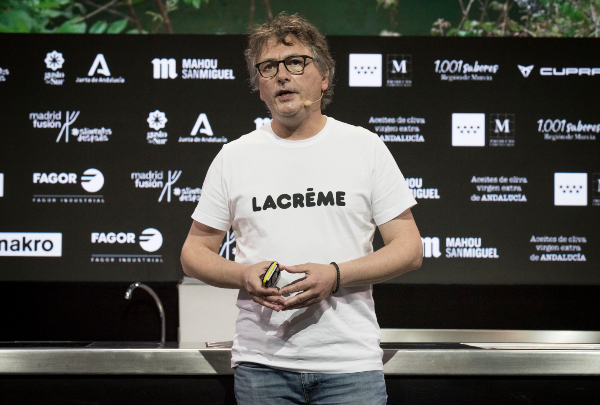
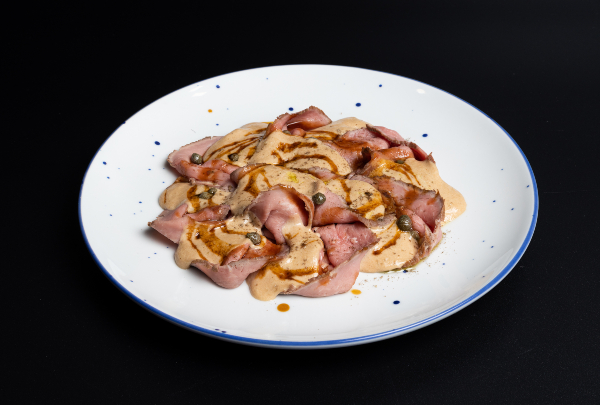
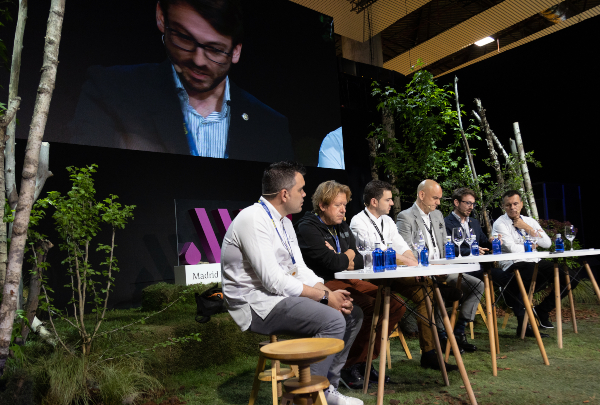
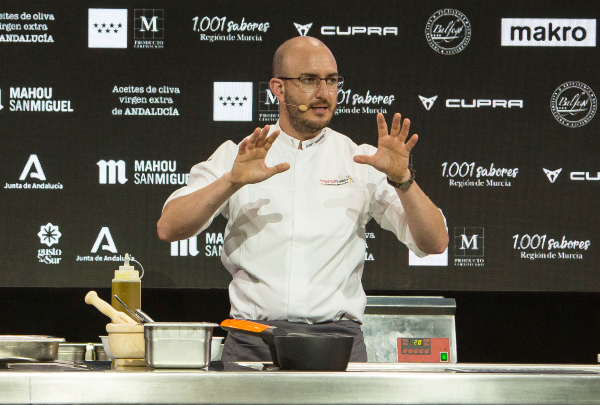
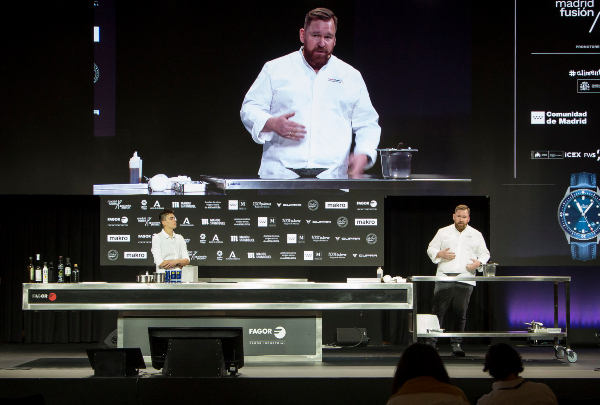
.jpg)
